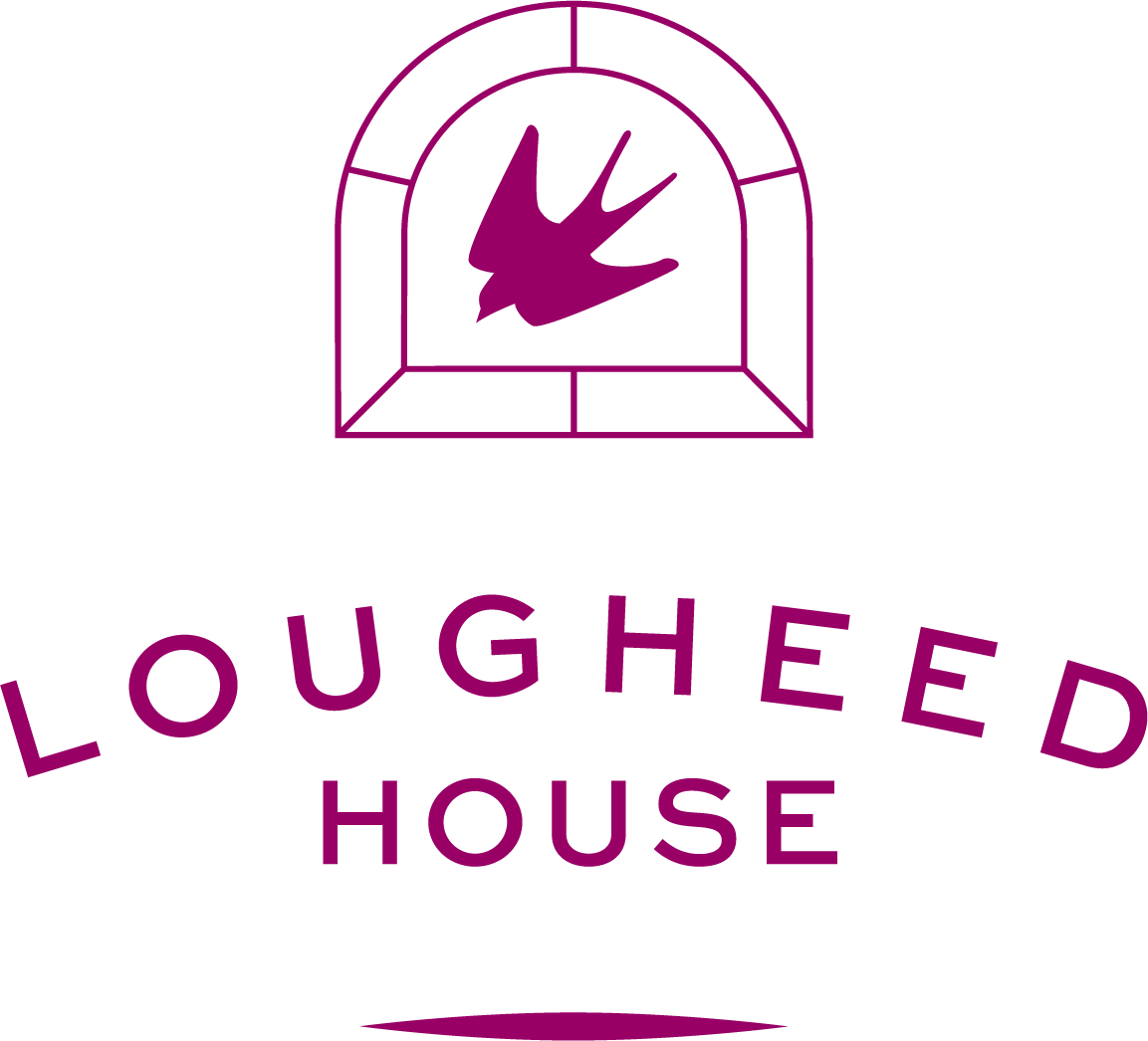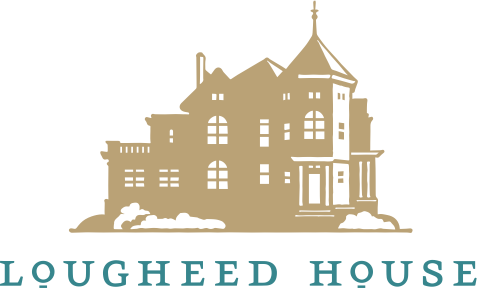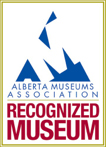The Early Stampede
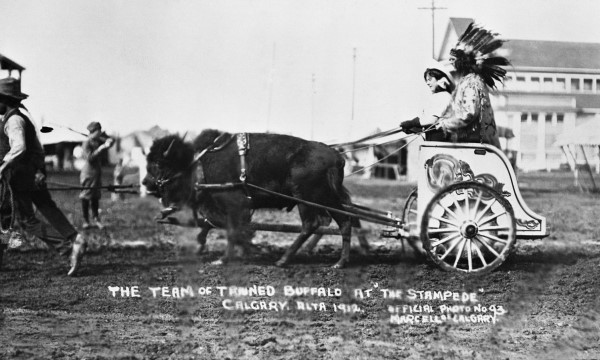
Written by Caroline Loewen
The era of the open-range cattle industry that began in the 1880s and peaked by 1906 was enabled by the Canadian government’s generous policies permitting large-scale cheap leases. While most ranchers were of British or American origin, there were exceptions, such as the Harman Singh Hari family from India and Burma that ranched south of Calgary. With the opening of the Ranchmen’s Club, and Pat Burns of Burns Meat Packing fame becoming Calgary’s first millionaire, Calgary began to represent the urban expression of the ranching frontier.
The end of the first decade of the 20th century heralded an end to the ranching era. The early 20th century saw Calgary transition towards becoming a mixed farming and agricultural economy. In 1912 as a result, four former cattle barons (George Lane, Pat Burns, A.J. McLean, and A.E. Cross) popularly known as the “Big Four”, put up $100,000 to hold the first Calgary Stampede, believing they were throwing a party to bid farewell to a bygone era, with no idea that it would become an annual international event and an icon for Calgary.
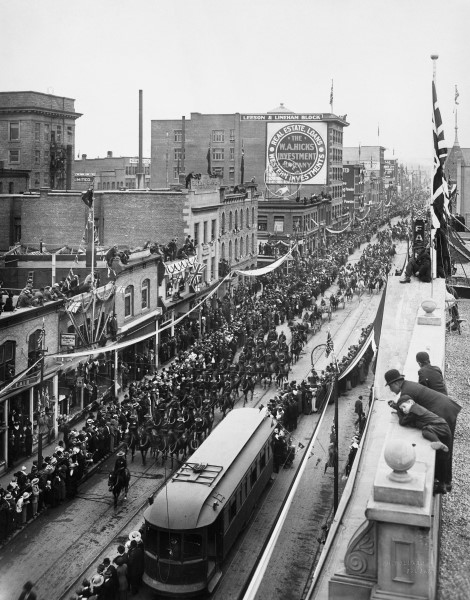
North-West Mounted Police in Calgary Exhibition and Stampede parade | Photo by Henry Pollard | September 1912 | Glenbow Archives NA-4035-95
At the first Calgary Stampede in 1912, the Department of Indian Affairs tried to prevent First Nations people from taking part, arguing that there was too much work to be done on the reserves and that the fairs were demoralizing. The Duke of Connaught, Canada’s governor general, was planning to be in attendance (incidentally he would also stay at the Lougheed residence), and he was asked by organizers to encourage First Nations people to stay on their reserves and not participate. He refused and his office responded that “…the chief objection to the Indian display is that it stultifies the work of the Emigration Department who spend much time in [telling] settlers that there is no such thing as an Indian in Canada.”
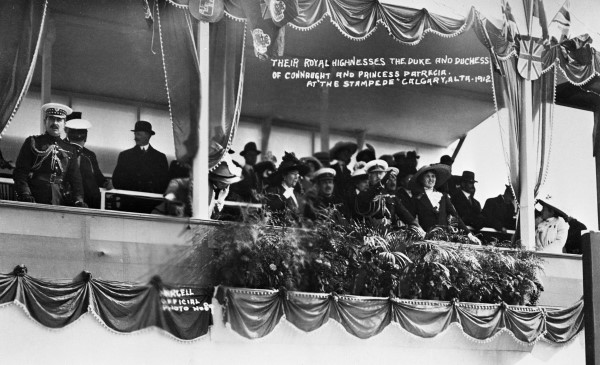
Duke and Duchess of Connaught, with Princess Patricia at Calgary Exhibition and Stampede | Photo by Marcelle | September 1912 | Glenbow Archives NA-335-8
In the end, the political influence of prominent local politicians James Lougheed and R.B. Bennett convinced the Superintendent-General of Indian Affairs to allow the First Nations to attend the gala event. Over 1800 indigenous people attended the six-day Stampede and the most outstanding competitor was Tom Three Persons, from the Blood Reserve, who won the bucking horse championship and became the only Canadian to reach the finals.
Want to learn more about the first Stampede? Visit the Calgary Stampede online or read Icon, Brand, Myth: The Calgary Stampede.
Do you have any stories that you think Calgarians should know about?
Tell your side of the story at Lougheed House Civil Space – Lougheed House Re-Imagined.
Because our story is best told together.
We respect your privacy as per our Privacy Statement. We welcome your thoughtful and respectful comments, and your first name will appear with each submission. All comments will be moderated by Lougheed House before they appear on the site. We check for posts regularly and will respond as soon as we can. We do not guarantee that your comments will be published.
By submitting a comment, you accept that Lougheed House has the right to reproduce and publish that comment in whole or in part, in any form we choose. We do not endorse the opinions expressed in comments. Comments on this page are moderated according to our Submission Guidelines. Comments are welcome while open. We reserve the right to close comments at any time.
